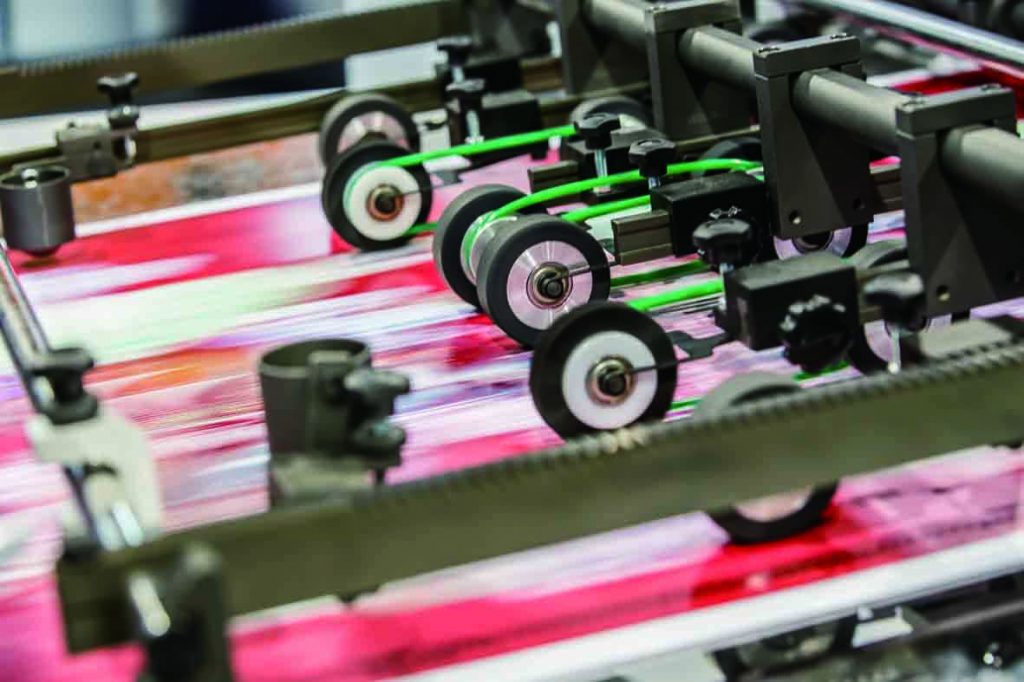Die cutting machines are used more widely than ever, given that the demand for carton products have increased due to e-commerce. But because many manufacturing firms are only beginning to familiarise themselves with the machine, a lot of them are struggling with equipment failure issues.
Equipment failure directly affects the entire operations, including delivery timelines. This results in higher operating expenses and lower revenues.
SBL Machinery lists the common die cutting machine issues and how to resolve them.
1. Breakage of Cutting Dies
The machine’s cutting dies can break due to overuse, poor maintenance or if the stack of materials is too thick. If this happens, it’s best to have the machine serviced. Some machine owners choose to fix the problem themselves by brazing the broken cutting blades. However, this solution is temporary at best and dangerous at worst. The blades can break again and cause bigger problems for your operations.
Broken cutting dies require a proper repair service. The specialist will fully weld and re-temper the fracture, restoring the blades’ strength and shape.
2. Inconsistent Cutting Outcomes
A poorly maintained die cutting machine can produce inconsistent cutting results. When this happens, the machine wastes expensive sheets of paper or carton, resulting in higher production costs. This problem can be a result of various reasons: dulled and worn cutting dies, a clogged machine or alignment issues.
Alignment problems and worn cutting blades require professional repair services. But if the issue is just a dirty machine, a simple cleaning will suffice.
Empty the cylinders and the chamber that collects debris and slugs. The fibres from the paper and cardboard products can accumulate in the machine, which can change the placement of the sheets. The tiniest shifts in the placement of the sheets can cause inaccurate cuts and folds.
3. Misaligned Blades
The blades of a die cutting machine can become misaligned due to extensive repetitive movements, resulting in crooked and uneven cuts. Misaligned blades also can’t cut through thick stacks of cardboard or paper, leaving some sheets untouched.
Again, alignment issues are best left to professionals. The calibration of the machine and the blades are intricate, requiring expert operational knowledge. You can review the settings and instructions programmed into the machine, such as the depth of the cuts and liner strikes, to confirm the specific issues your machine has.
4. Dented or Warped Blades
Cutting blades get dented when they’re worn out but you still keep using them to cut thick stacks. When you operate your machine with worn out or warped blades, the results will be substandard. The edges may be frayed or uneven, forcing you to repeat the process. This problem results in unwanted additional operating expenses.
You’ll have to replace the blade. Use one that has similar specs as the original one, or ask your supplier if an upgrade is possible.
5. ‘Fluffy’ Edges
‘Fluffy’ edges are more common for paper sheets than cardboard products, but they’re still a persistent problem if you have a poorly maintained machine. The fluff happens when the blade isn’t sharp enough to make a clean cut through the material. The cut leaves the edges of the material frayed or ‘fluffy’.
Just like with dented and warped blades, you’ll need a replacement to keep your custom-cut products from fraying at the edges. Call a technician to inquire about more affordable alternative solutions.
6. General Wear and Tear
The outermost edges of the blade grow dull when the die blades always come into contact with metal. At the same time, the clearance between the anvil and die cutting cylinders should be properly calibrated. Otherwise, there will be too much pressure on the dies, speeding up wear and tear.
The only solution here is to return the die for correction. The technician will weld and re-temper the die to restore its original condition.
7. Burst Lines and Dark Lines
Burst lines and dark lines are visual flaws on your custom-cut products, caused by faulty die cutting machines. Burst lines are wrinkles on the edges of the paper or cardboard, which occur when the pressure of the die cutter is too much.
On the other hand, black lines can be due to improper blade alignment, inappropriate die indentation or lack of pressure. These conditions leave a crease on the material, which look like dark lines.
You can prevent most of these problems by observing the proper maintenance routine for die cutting machines. If your machine isn’t performing the way it should, consult a technician immediately to prevent production downtime.
For top-grade die cutting machines and other packaging equipment, SBL machinery is here to help you fulfil your business needs. We carry a range of options for customisation, meeting the unique needs of different manufacturers. We also offer maintenance and repair services to make sure you maximise the lifespan of your investment.
Fill out our service form if your machine is due for maintenance or repairs. For enquiries, call SBL Machinery at +886 2 2680-2199 or accomplish our contact form.

